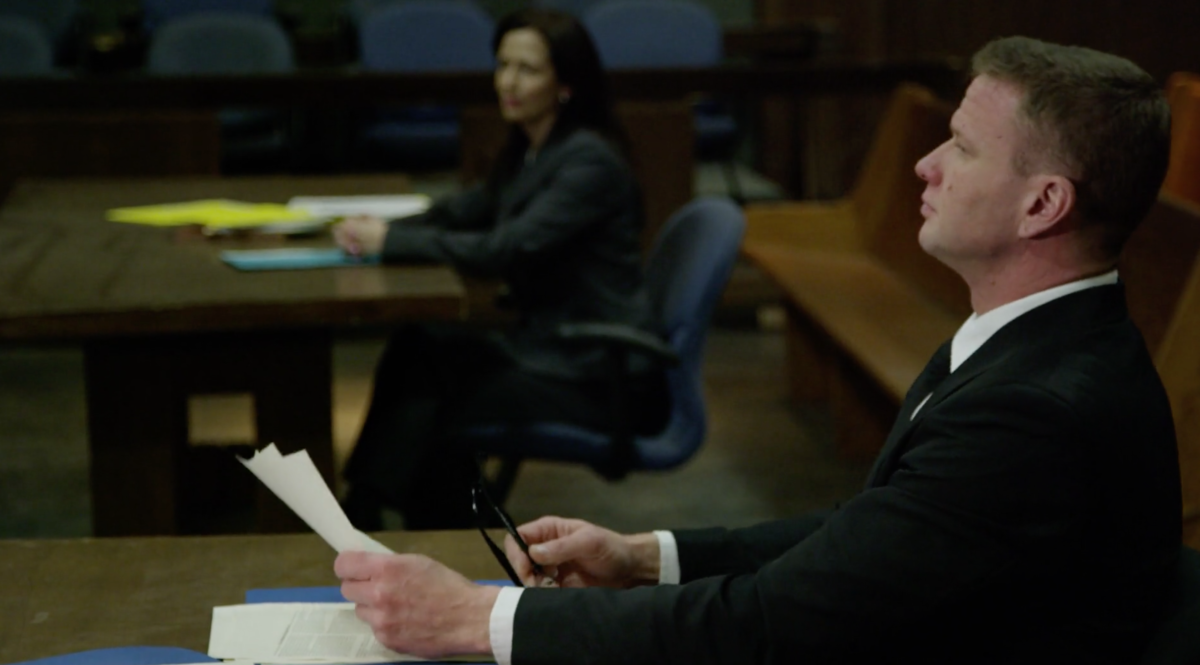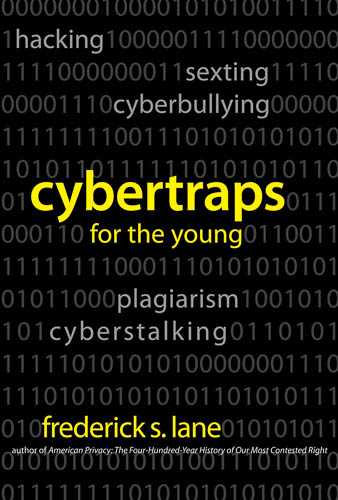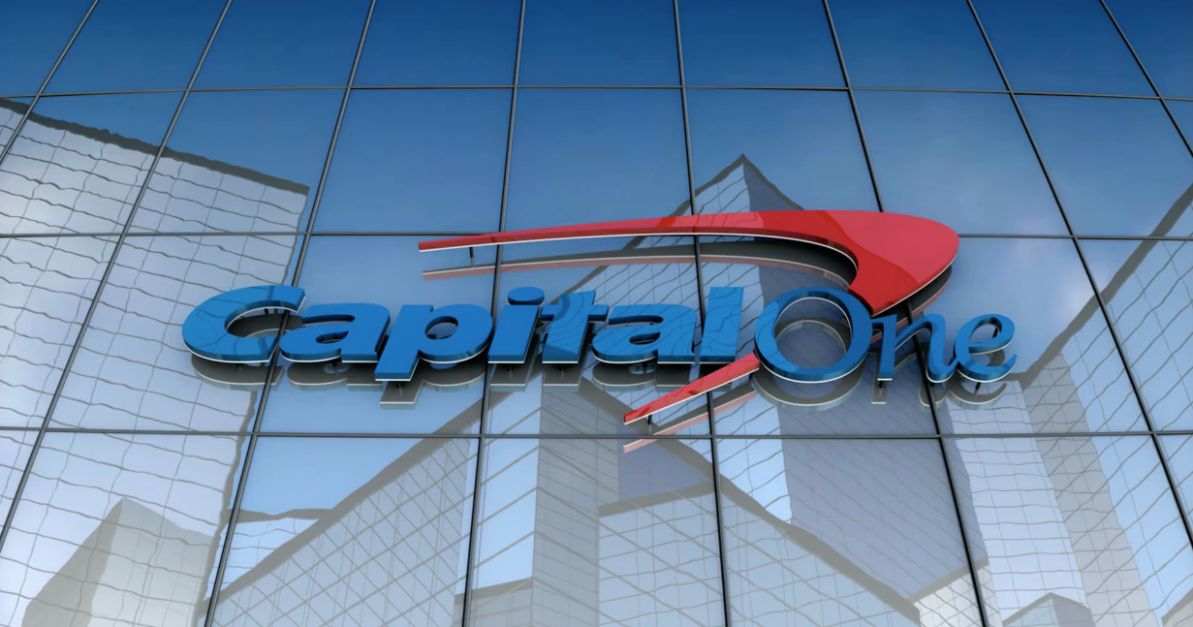Data Diva Debbie Reynolds and Enigma Forensics’ CEO Lee Neubecker discuss what to look for in selecting a computer forensics expert to assist with preservation, litigation and eDiscovery.
The transcript of the video follows
Lee Neubecker: Debbie, thanks for being on the show again today. I’m here with Debbie Reynolds, she is Eimer Stahl’s data protection officer and she also is the director of their eDiscovery subsidiary. Thank you for coming in and being on the show.
Debbie Reynolds: Thank you, it’s always a pleasure, Lee.
Lee Neubecker: So, today we’re going to talk a little bit about the differences between eDiscovery and computer forensics and when it’s necessary to bring in an expert to actually be the testifying expert or to handle more sensitive issues, and what you look for when you’re pulling in a computer forensic expert to assist one of your projects?
Debbie Reynolds: Well, it’s never not a good idea to bring in a forensic person, so I try to get someone who’s a professional in forensics on every case that we have, so, just depends. Some big corporations, they actually have people, ’cause they do so much litigation, they have people who are captive to their organization that do it. More times than not, they either farm out that work, to a company like Lee’s company, or they come to me, they ask me for recommendations. Just depends on where they are, what their ability, who’s available. For me, it’s really important that I work with people that I trust, smart people like Lee, who knows what they’re doing. Me, I tell people, I don’t chase company names, I chase the talent, so, I’ve had situations where I’ve had an investigator or forensic person go from one company to the next, and as a stipulation of us working with them, that case went with them ’cause they had the knowledge, so for me, the thing that I look for is a company, again, people that I know and trust, people that I know are smart that know what they’re doing, people who can really present themselves, ’cause a lot of times you’re going into a situation, you’ve not met these people, you’re going in there, touching their data, people are very sensitive about it, IT people can be very territorial, so having someone who can really put people at ease and be very professional in a situation where it’s semi-hostile, where you know that the IT guy takes pride in what he’s doing, thinks he’s the expert, so you have to kind of disarm that person.
Lee Neubecker: How often are IT people hostile?
Debbie Reynolds: Oh, 1000% of the time. They’re always hostile in some way, some are more passive aggressive than others, but you know, this is their baby, you have to work with them to get access to the data, and a lot of times they feel like, well why can I do this?
Lee Neubecker: And part of the problem, when I’ve worked with the IT people, usually they’re defensive because they’re having extra work to do.
Debbie Reynolds: Oh, absolutely.
Lee Neubecker: And they’re involved in litigation, so what I try to do is I try to sit down with them and say, “hey look, “this is my role, I need to understand enough of your stuff “so that you don’t have to talk to the attorneys, “and then I can buffer you from that so that you can “do your daily work,” and when they hear that, it helps them to understand, okay, you’re here to save me from a deposition.
Debbie Reynolds: Oh, absolutely.
Lee Neubecker: Then they’re more relieved, more willing to work with you.
Debbie Reynolds: Absolutely. I think the challenge is to get, when you start a litigation, companies, in order to try to save money, that’s where they want to save money. They don’t want to spend money on a forensic person, but if I compare cases against one another, two cases are very similar, one they had a forensic person, one who doesn’t, the one that has a forensic person, down the line, their case is more smooth, ’cause we don’t have a lot of questions about who did what, what is where, we don’t have a question about who needs to sign affidavits, who needs to go to court, all that stuff, so all that headache down the line is eliminated when we bring in someone. And I’ve had people on our cases tell me, who’ve decided that they didn’t want to bring in someone, they said no, but bad decision, we should have really brought in someone.
Lee Neubecker: In my opinion, I think it’s important to know who the person to be responsible for that data, if they’d never testified in court before, that’s a potential problem, and a lot of times people don’t ask those questions. Other things like, do they have some type of certification that shows that they mastered the field of computer forensics? And did they have to take a exam that was proctored by some independent party to assess that so that you know that your person truly has the knowledge, they didn’t just attend a class and got a certificate, because that’s a little bit of a difference, and there are many people, though, that I’ve encountered, that haven’t had the formal certifications, and they’re very bright, but when you’re putting the people up, they’ve got to survive a challenge against their admissibilities expert, if they don’t have cases of record, if none of the judges know who the person is, those things are definitely problems.
Oftentimes, I’ve seen new experts get up and make basic beginner mistakes where they let the attorney override what their report is, they let the attorney write the affidavit for them, and then it gets stretched too far, and then there might have been many good things that they had to say, but all of it goes out the window because they didn’t know how to manage the hard, nose-driven litigator that wants that report to be aggressive, so you have to listen and understand those driven litigators, but you also have to protect them from killing the case, and they assume that whatever expert you put there has those skills and a lot of them don’t know when they’re getting into trouble, and they need to be able to stand up for themselves, and do it professionally, and objectively.
Debbie Reynolds: Absolutely, absolutely. A lot of times, they don’t know what they don’t know. We had a person that actually went out and got a cell phone for a case, and we were like, we don’t want anyone to touch it, we want the forensic people to look at it, or whatever, he thought, oh well you know, I’m smart, I know how to do this stuff. Not that he wasn’t smart, but this was not his area of expertise, and he turned this phone on, and basically, the person who had the data on the phone, had sent a command to the phone to be erased, so when they turned it on, it wiped out all the stuff.
Lee Neubecker: So they didn’t put it in a Faraday bag?
Debbie Reynolds: No, they didn’t put it in a Faraday bag, they didn’t put it in airplane mode, they went to Walgreens, got cords, stuck the cord in the thing and turned it on, and that was it.
Lee Neubecker: So then that becomes some spoliation claim against–
Debbie Reynolds: It was spoliation, yeah. Everyone thinks, oh I have a cell phone, so I can do this, and it’s like no. I think people need to understand that what you guys do is very different than what we do in eDiscovery and what a normal person who’s doing IT can do, ’cause you have a different aim in my mind, and you understand spoliation of evidence, and how to get data in the right formats, where another person would not know that ’cause that’s not their background, that’s not their training and that’s not the purpose of what they’re handling data for.
Lee Neubecker: Well I really thank you for being on the show, again, to talk about this, it’s great. I look forward to seeing you again soon.
Debbie Reynolds: Fantastic, thank you!
Lee Neubecker: Thank you.





